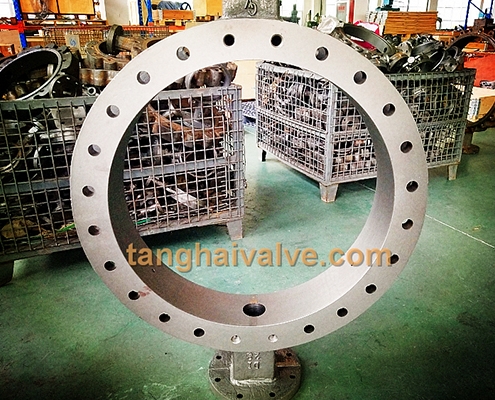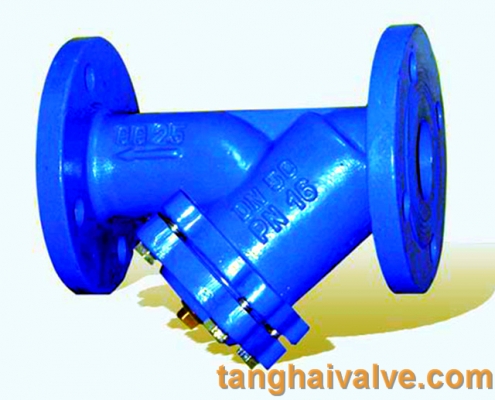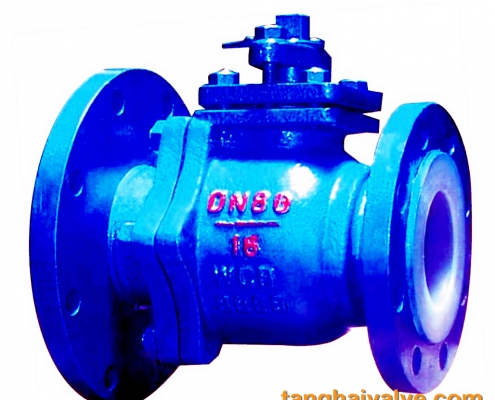There are different ways of classification of ball valves.
Function classification:
1. Bypass valve: The ball valve is generally opened by static water, so the bypass valve is set to be pressed first, that is, both sides are filled with water;

ball valve (6)
2. Air valve: when filling with water, the buoy will automatically close the valve when the air is removed; when draining, the buoy will drop by itself when it is used for replenishing air;
3. Pressure relief valve: When opening and closing the valve, remove the pressure water between the valve and the sealing cover to avoid wearing the sealing cover;
4. Drain valve: drain the sewage in the lower part of the ball shell.
Transmission classification:
1. Pneumatic ball valve
2. Electric ball valve
3. Hydraulic ball valve
4. Pneumatic hydraulic ball valve
5. Electro-hydraulic ball valve
6. Turbine drive ball valve
Classification characteristics of ball valve:
Ball valves are divided into: floating ball valve, fixed ball valve, orbital ball valve, V-shaped ball valve, three-way ball valve, stainless steel ball valve, cast steel ball valve, forged steel ball valve, ash unloading ball valve, anti-sulfur ball valve, pneumatic ball valve, electric ball valve, card sleeve Ball valves, welded ball valves.
Classified by shell/body material, ball valves can be divided into:
1. Metal material valves: such as carbon steel valves, alloy steel valves, stainless steel valves, cast iron valves, titanium alloy valves, Monel valves, copper alloy valves, aluminum alloy valves, lead alloy valves, etc.
2. Metal valve body lining valves: such as rubber-lined valves, fluorine-lined valves, lead-lined valves, plastic-lined valves, and enamel-lined valves.
3. Valves of non-metallic materials: such as ceramic valves, glass valves, and plastic valves.
There are many domestic manufacturers of ball valves, and most of the connection sizes are not uniform. Mainly divided into the following categories:
The ball of the ball valve is floating. Under the action of the medium pressure, the ball can produce a certain displacement and press tightly on the sealing surface of the outlet end to ensure that the outlet end is sealed.
Structural features of ball valve:
The sealing performance is good, but all the load of the sphere bearing the working medium is transmitted to the outlet sealing ring. Therefore, it is necessary to consider whether the sealing ring material can withstand the working load of the sphere medium. When subjected to higher pressure impact, the sphere may deviate . This structure is generally used for medium and low pressure ball valves.
The ball of the ball valve is fixed and does not move when pressed. The fixed ball valve is equipped with a floating valve seat. After receiving the pressure of the medium, the valve seat will move, so that the sealing ring is pressed tightly on the ball to ensure sealing. Bearings are usually installed on the upper and lower shafts of the ball, and the operating torque is small, which is suitable for high pressure and large diameter valves.
In order to reduce the operating torque of the ball valve and increase the reliability of the seal, an oil-sealed ball valve has appeared, which not only injects a special lubricant between the sealing surfaces to form a layer of oil film, which enhances the sealing performance and reduces the operating torque. Suitable for high pressure and large diameter ball valves.
Flexible features of ball valve:
The ball of the ball valve is elastic. Both the ball and the valve seat sealing ring are made of metal materials, and the sealing specific pressure is very large. The pressure of the medium itself cannot meet the sealing requirements, and external force must be applied. This valve is suitable for high temperature and high pressure media.
The elastic sphere is made by opening an elastic groove on the lower end of the inner wall of the sphere to obtain elasticity. When closing the passage, use the wedge-shaped head of the valve stem to expand the ball and press the valve seat to seal. Loosen the wedge-shaped head before rotating the sphere, and the sphere will return to its original shape, so that there is a small gap between the sphere and the valve seat, which can reduce the friction and operating torque of the sealing surface.
Qv347, Qv647, Qv947 V-type regulating ball valve
The Qv347, Qv647, and Qv947 V-type regulating ball valves have a shearing effect on the valve seat because the ball core has a V-shaped structure. Therefore, it is suitable for the control of relevant process parameters in the suspension medium containing fibers or small solid particles in papermaking, chemical, metallurgical and other industrial enterprises. It is especially suitable for the pulp, white water, black liquor and white water in the pulp and paper production process. Automatic adjustment of the fluid of suspended particles such as liquid and thick and turbid slurry fluid medium.
This V-shaped ball valve is a fixed ball valve and also a single-seat sealed ball valve. The adjustment performance is the best among ball valves, the flow characteristics are equal percentages, and the adjustable ratio is 100:1. It has a shearing effect between the V-shaped incision and the metal valve seat, which is especially suitable for media containing fibers, small solid particles, slurry, etc.
Three-way ball valve has T type and L type. The T type can connect three orthogonal pipelines with each other and cut off the third channel, which can split and merge. The L-shape can only connect two orthogonal pipelines, and cannot maintain the third pipeline to communicate with each other at the same time. It only plays a role of distribution.













 © Copyright 2020 Tianjin Tanghaidongyang Valve Co., Ltd. All Rights Reserved.
© Copyright 2020 Tianjin Tanghaidongyang Valve Co., Ltd. All Rights Reserved.